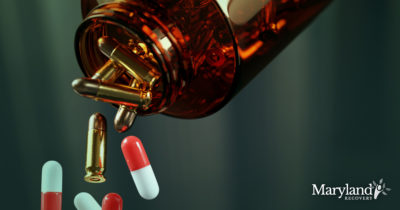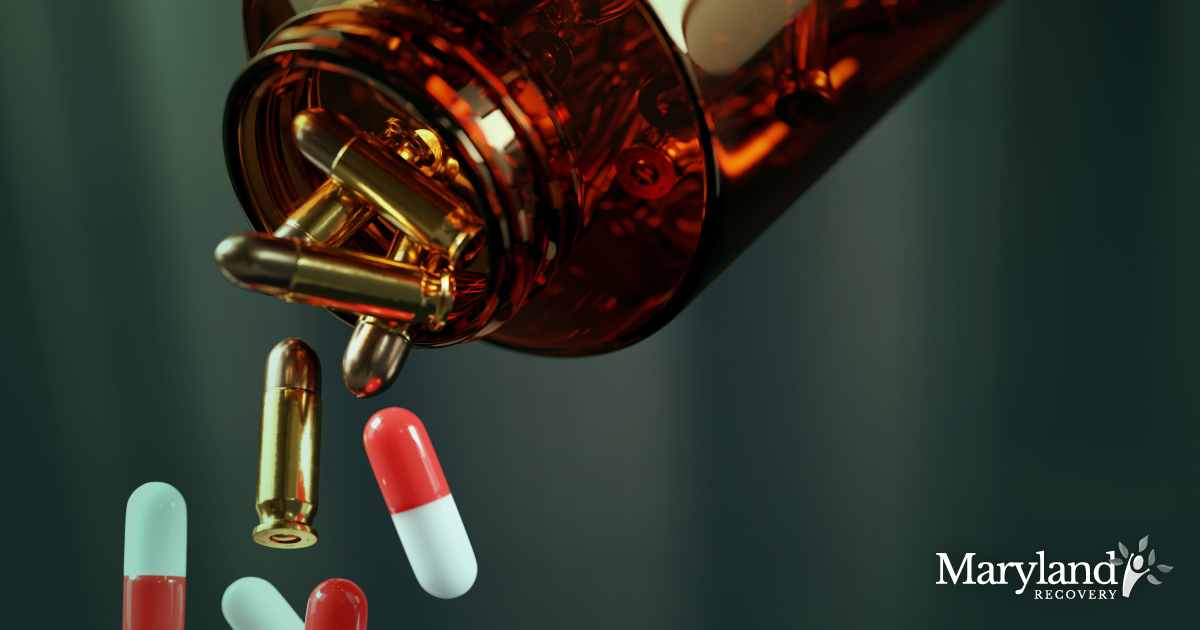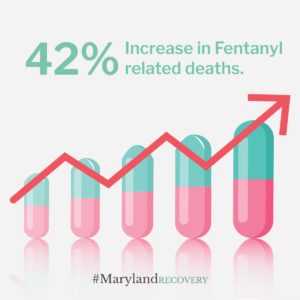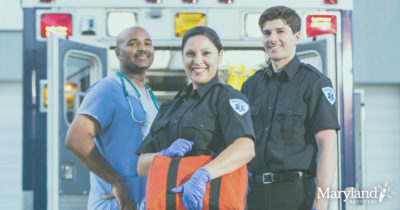
Public debate over marijuana has persisted for decades, and recent legislative changes across the United States indicate that the public is much more accepting of marijuana as both a medical product and a recreational drug than previous generations. There have been numerous studies about the potential health benefits of cannabis, but the federal Schedule I classification of marijuana hampers many scientific research efforts. Despite this, the push for legalization across the U.S. appears to continue picking up steam. Unfortunately, this may lead to an unintended public health risk due to the often-overlooked health implications associated with marijuana use.
Marijuana’s Impact On Physical Health
A recent Georgia State University (GSU) clinical study* examined the long-term medical effects of marijuana use with a study group of 1,213 participants. The participants in the study had varying levels of marijuana use. 34% of participants did not smoke marijuana or cigarettes at all while 21% only used marijuana. Another 20% used both marijuana and cigarettes, 16% were past cigarette smokers who now only smoke marijuana, and 5% were past smokers with the final 4% only smoking cigarettes.
The reasoning behind arranging these control groups in this manner is to pinpoint trends commonly seen among both tobacco and marijuana users as both can produce similar respiratory, cardiovascular, and neurological effects over time. Marijuana effects can include diminished heart health, neurological deficiencies, and other substantial medical issues.
Heart Conditions From Marijuana Use
Marijuana effects on heart health can be significant. The GSU study concluded that marijuana users face a 3.42-times higher risk of developing fatal high blood pressure, and that risk increases about 1.04 times with each year of use. One of the physiological effects of cannabis is stimulation of the sympathetic nervous system. This leads to increased oxygen demand, higher blood pressure, and increased heart rate. Over time, these symptoms stress heart function in dramatic ways, potentially causing chronic medical conditions or even fatal cardiac problems.
Increased Risk Of Heart Failure And Stroke
Marijuana’s effect on blood pressure can be staggering. Research on hospital admissions for people between the ages of 18 and 55 from 2009 and 2010 indicated that marijuana users faced a much higher risk of stroke, coronary artery disease, and heart failure. The GSU study also concluded that marijuana users face a 26% higher risk of suffering strokes and a 10% increased risk of heart failure. People struggling with marijuana use disorder are effectively increasing their risk of heart failure and stroke the longer they continue using marijuana.
The American Heart Association has also reported that marijuana use increases the risk of developing a condition known as stress cardiomyopathy. The symptoms of this condition include a sudden short-term weakening of heart function. The heart’s ability to pump blood diminishes, resulting in symptoms similar to a heart attack including chest pain, dizziness, shortness of breath, fatigue, and even fainting. The study reported that marijuana users face nearly twice the usual risk of developing stress cardiomyopathy than non-users.
Marijuana’s Effect On Brain Functions
 Marijuana’s effect on the brain includes both short-term and long-term symptoms, and the time at which a person begins using marijuana has a significant impact on mental health. In the short-term, a person who uses cannabis will likely experience euphoria, relaxation, and stress relief. However, short-term effects of marijuana can also include a distorted sense of time or reality, the inability to control one’s thoughts, memory problems, and even hallucinations. There have also been recorded incidents of marijuana-induced psychosis in individuals with underlying psychological issues.
Marijuana’s effect on the brain includes both short-term and long-term symptoms, and the time at which a person begins using marijuana has a significant impact on mental health. In the short-term, a person who uses cannabis will likely experience euphoria, relaxation, and stress relief. However, short-term effects of marijuana can also include a distorted sense of time or reality, the inability to control one’s thoughts, memory problems, and even hallucinations. There have also been recorded incidents of marijuana-induced psychosis in individuals with underlying psychological issues.
In the long-term, marijuana can impede psychological development and impact learning ability. Teens who use marijuana are more likely to develop behavioral and learning difficulties. A New Zealand-based study** concluded that the average person who starts using cannabis in the teenage years loses an average of 8 IQ points between the ages of 13 and 38. Early marijuana use also correlates heavily with lower verbal ability and general knowledge.
Potential Dangers Of Widespread Cannabis Legalization
Several states including California, Oregon, Washington, and Alaska have legalized recreational marijuana sales, and many more have enacted legislation approving medical marijuana sales for patients with qualifying conditions***. There are many driving forces behind the push for legalization, including:
- Public opinion. A recent Gallup poll reported that more than 60% of Americans support marijuana legalization or some type or marijuana law reform. Conservative support for marijuana legalization has also increased tremendously in recent years.
- Reallocation of drug crime funding. Marijuana legalization inherently leads to less law enforcement resources spent pursuing marijuana-related crimes. This allows law enforcement to spend more time and money focusing on more dangerous drugs like heroin, methamphetamine, and prescription pills used for recreation.
- Medical value. Marijuana can be an effective treatment for several medical conditions**** like anxiety, depression, fibromyalgia, chronic pain, Crohn’s disease and other bowel disorders, eating disorders, panic disorders, endometriosis, and cancer. However, it is vital for medical marijuana users to carefully follow physician instructions and recognize the potential for medical harm and abuse that marijuana can create.
- Revenue. States that have legalized recreational marijuana sales have reaped significant amounts of tax revenue that goes toward public services, schools, law enforcement, and road maintenance.
Despite these perceived benefits, the push for marijuana legalization may be unintentionally exposing the public to a significant risk of heart disease, neurological impairment, respiratory failure, stroke, and high blood pressure.
Balancing Medical Value With Medical Risk
How is marijuana used? The traditional method of consuming cannabis involves smoking the plant in a cigarette or pipe, but many marijuana users today consume edibles infused with cannabis, tinctures, beverages, and “dabs,” highly potent marijuana concentrates that appear like wax or glass. Marijuana is also becoming stronger than previously seen, with many new strains and designer hybrid plants eclipsing the potency of basic strains.
Smoking marijuana causes heart problems and interferes with respiratory functions, so this method may not work for every medical marijuana patient. Edibles can be profoundly potent and produce effects the average marijuana user may not expect. While some people may have a legitimate need to use medical cannabis, such as a condition that has not responded to conventional treatments or as a supportive measure for traditional treatment, these individuals must understand they are assuming a significant risk of developing long-term medical complications from cannabis use.
Marijuana’s Potential For Addiction
The negative effects of marijuana encompass far more than just physical health problems. Marijuana may not be as physically addictive as other drugs like meth and heroin, but cannabis can still be habit-forming and result in psychological dependency. A person who regularly consumes marijuana will need more to feel the desired effects. This tolerance eventually leads to dependency and ultimately addiction.
Finding Marijuana Addiction Treatment
At Maryland Recovery, we understand that many people may not realize the addictive properties of cannabis and may not acknowledge the devastating effects the drug can have before it is too late. Finding substance abuse treatment can be challenging and one of the most stressful experiences of a person’s life, but doing so offers the best chance of avoiding the long-term medical complications that marijuana can cause. Visit Maryland Recovery online to learn more about the addiction treatment services we offer and contact us if you believe you or a loved one could use our help.
The post There’s Nothing Chill About Weed and the Risk of High Blood Pressure and Stroke appeared first on Maryland Recovery.

 The “serenity prayer” is a common element of addiction treatment and many support groups like Alcoholics Anonymous. One of the most well-known quotes from this prayer is:
The “serenity prayer” is a common element of addiction treatment and many support groups like Alcoholics Anonymous. One of the most well-known quotes from this prayer is:
 There is a big difference between “hearing” and “listening.” Two people can have a conversation, but a person that is only hearing the other person and not really listening is basically just waiting for his or her turn to speak. Developing effective listening ability requires addressing potentially narcissistic qualities in oneself; people naturally value their own perspectives more than the perspectives of others, so listening can be difficult at times. This is especially true when a person is hearing something they may not want to acknowledge about him or herself.
There is a big difference between “hearing” and “listening.” Two people can have a conversation, but a person that is only hearing the other person and not really listening is basically just waiting for his or her turn to speak. Developing effective listening ability requires addressing potentially narcissistic qualities in oneself; people naturally value their own perspectives more than the perspectives of others, so listening can be difficult at times. This is especially true when a person is hearing something they may not want to acknowledge about him or herself.
 Fentanyl is a dangerous opioid that causes a massive number of deaths by overdose each year. While it may start as a prescription from a doctor, it can easily cause dependence. It is often mixed in with other drugs, such as cocaine, and usually the user is not aware that fentanyl is in the drugs. Here’s a look at the fentanyl crisis and what the Federal government is doing to help prevent fentanyl overdoses.
Fentanyl is a dangerous opioid that causes a massive number of deaths by overdose each year. While it may start as a prescription from a doctor, it can easily cause dependence. It is often mixed in with other drugs, such as cocaine, and usually the user is not aware that fentanyl is in the drugs. Here’s a look at the fentanyl crisis and what the Federal government is doing to help prevent fentanyl overdoses. In 2017, fentanyl-related deaths reached an all-time high. According to the Baltimore Sun, there was a
In 2017, fentanyl-related deaths reached an all-time high. According to the Baltimore Sun, there was a 

 A pregabalin overdose receives the same treatment as most pill overdoses. However, if opioids, such as heroin and fentanyl are in the patient’s system, the first responders treat the situation with even more urgency. Patients who have overdosed on pregabalin (or gabapentin) likely have their stomach pumped, get treated with medicine to stabilize heart rate and blood pressure, and have fluids replaced.
A pregabalin overdose receives the same treatment as most pill overdoses. However, if opioids, such as heroin and fentanyl are in the patient’s system, the first responders treat the situation with even more urgency. Patients who have overdosed on pregabalin (or gabapentin) likely have their stomach pumped, get treated with medicine to stabilize heart rate and blood pressure, and have fluids replaced.

 Veterans’ PTSD is the most notable cause of PTSD in America. However, many people suffer from PTSD, and can have the same outcomes of dual diagnosis and addiction. Notably, first responders and trauma medical professionals receive diagnosis of PTSD at an ever-increasing rate. Here are a few examples of individuals at risk for developing PTSD:
Veterans’ PTSD is the most notable cause of PTSD in America. However, many people suffer from PTSD, and can have the same outcomes of dual diagnosis and addiction. Notably, first responders and trauma medical professionals receive diagnosis of PTSD at an ever-increasing rate. Here are a few examples of individuals at risk for developing PTSD:



 You likely already know that veterans and any first responders are at increased risk for PTSD, due to the traumatic scenes they witness and take part in while on active duty. However, there are several other groups of people commonly diagnosed with PTSD, including:
You likely already know that veterans and any first responders are at increased risk for PTSD, due to the traumatic scenes they witness and take part in while on active duty. However, there are several other groups of people commonly diagnosed with PTSD, including:




 CBD vaping oil has been sold to most Americans as a wonder cure. Unfortunately, the science behind the products currently on the market suggest that patients are more likely to worsen their overall health with vaping than they are to improve it. That alone should give pause to those who are interested in seeking out the untested, unregulated drug as an alternative to traditional medication.
CBD vaping oil has been sold to most Americans as a wonder cure. Unfortunately, the science behind the products currently on the market suggest that patients are more likely to worsen their overall health with vaping than they are to improve it. That alone should give pause to those who are interested in seeking out the untested, unregulated drug as an alternative to traditional medication.


















